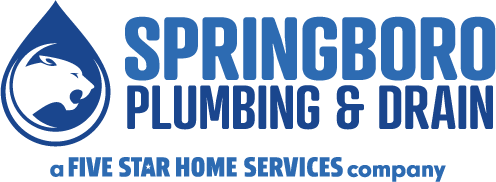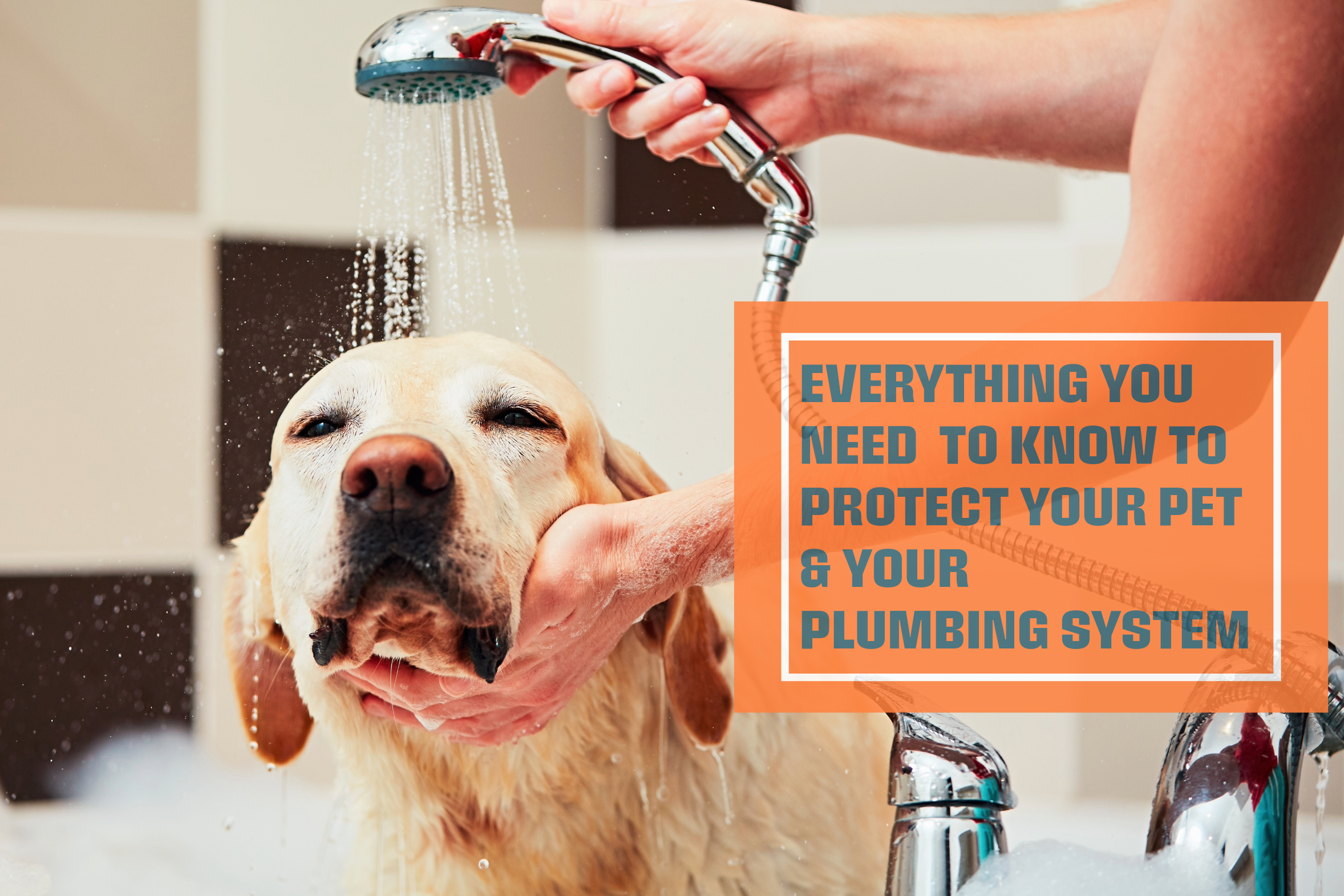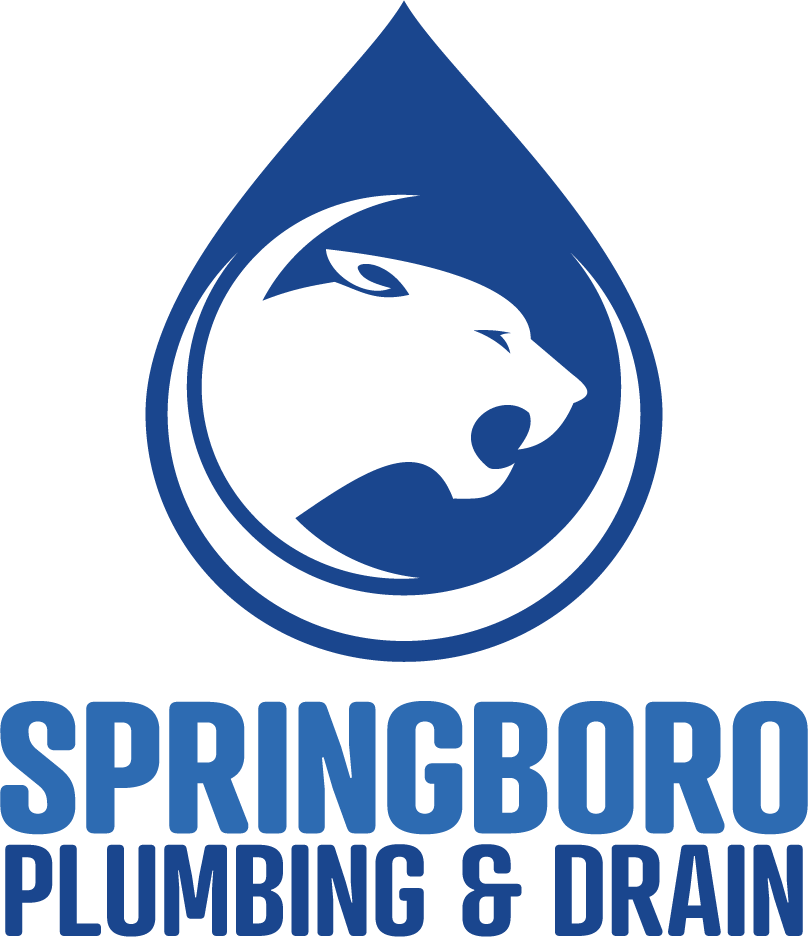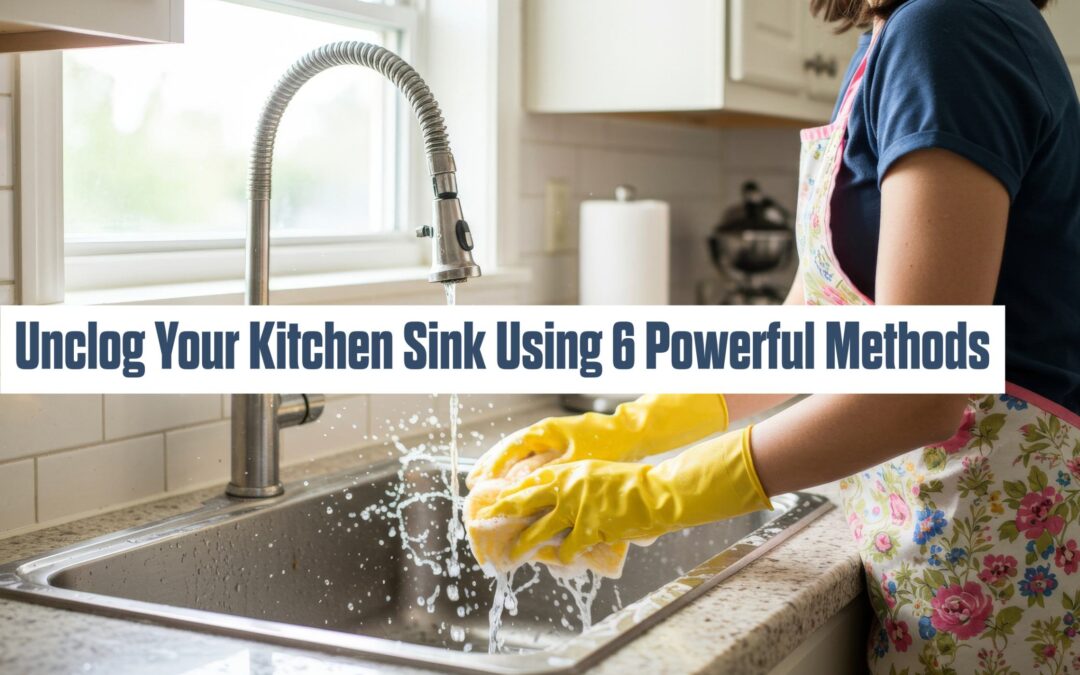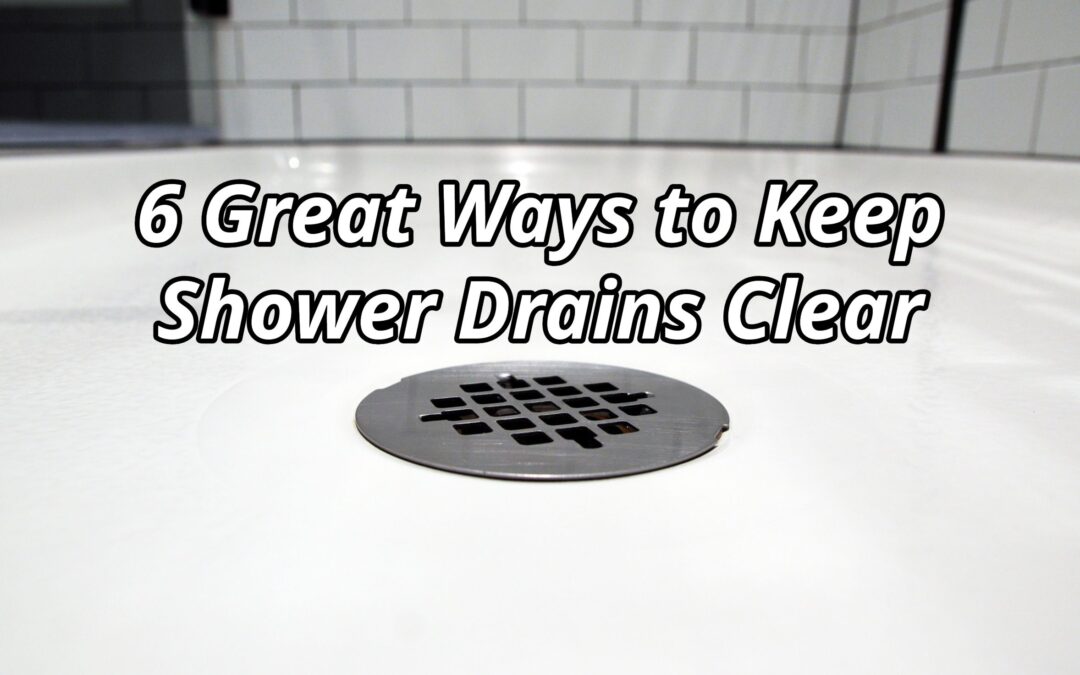Celebrate National Pet Month with us! At Springboro Plumbing & Drain, we recognize every family member’s importance, including your cherished pets. As pet owners, your primary goal is to ensure your pet’s safety, happiness, and health. Similarly, as homeowners, you strive for optimal plumbing system performance. It’s essential to acknowledge that pets, even the ones requiring minimal maintenance, demand certain home care routines to prevent adverse effects on your plumbing. Let’s explore together how!
HOW OFTEN DO YOU GROOM YOUR PET?
Maintaining your pets’ grooming is essential for keeping your home clean and protecting it from pests like ticks and fleas. However, grooming pets can also present challenges to your plumbing system. To mitigate these effects, here are some strategies to protect your plumbing while taking care of your pet.
Bath Time: Bathing your pet at home is an effective method for staying on top of both your pet’s fur coat as well as the upkeep of your home. However, undertaking this task personally can lead to plumbing complications, such as clogged pipes caused by accumulated fur.
- If you are able to, and the weather permits, aim to bathe your pet outside when possible. If you prefer using a tub of some sort, there are outdoor pet bathtubs you can get to make the process easier on you.
- Incorporating a hand-held showerhead into your bathroom setup significantly enhances the pet bathing process, offering a more efficient and less stressful experience for both pet and owner.
- For an effective solution to prevent drain blockages due to loose fur, we recommend the installation of a drain screen over your bathtub or shower drain. It’s a simple yet helpful tool designed to capture hair and other gunk and prevent it from clogging up your drain.
Fur Brushing: Ensuring the regular grooming of your pet is paramount for minimizing shedding and preventing the buildup of fur.
- Selecting the right brush tailored to your pet’s unique coat type significantly streamlines the grooming process.
- To reduce the spread of hair indoors, it is advisable to conduct brushing sessions outdoors whenever feasible.
- For pet owners blessed with long-haired companions, we strongly advise a weekly brushing schedule. It will help lessen the amount of loose fur coming out during bath time and possibly clogging your pipes.
HOW DO YOU GET RID OF THEIR OLD PET FOOD & PET WASTE?
Pet Food: Disposing of dry pet food (kibble) down your kitchen sink via the garbage disposal is never a good idea. The reason is that dry pet food absorbs water and expands, which can lead to significant blockages in your plumbing system. Additionally, when the wet food dries out, it becomes hard, further worsening the blockage problem. The best course of action is to simply dispose of any unused pet food in your trash bin.
Cat Litter: Managing pet waste is a vital component of responsible pet ownership, and the disposal method chosen can have a significant impact on your home’s plumbing integrity. It’s worth noting, contrary to popular belief, that flushing kitty litter is not a safe practice for your plumbing. Why? Most kitty litter formulations do not dissolve in water, posing a risk of severe blockages within your plumbing system.
While some cat litter brands claim their products are “flushable,” we still can’t get behind the practice of flushing cat litter down the toilet. Even though they may be labeled as biodegradable, flushable cat litter often decomposes at a sluggish pace. So, this habit can lead to the gradual accumulation of clogs as undissolved clumps gather in your plumbing and have not yet broken down. We just don’t think it’s worth it.
HERE ARE SOME ADDITIONAL PET SAFETY TIPS:
Digging: If you have a dog who is fond of digging, you might want to keep a closer watch on your adventurous companion. While it’s natural for dogs to dig, it’s crucial to ensure they do so at a safe distance from your home’s foundation and any buried pipelines. Our goal is to help you maintain the integrity of your plumbing system and, equally important, to ensure the safety of your beloved pets.
Toilet: If you’ve noticed your beloved pet frequently opting for a drink from the toilet bowl, keep in mind although gross, this little pet habit is not exactly healthy for your furry friend. This is because the wide range of toilet products used to keep toilets clean and fresh, such as toilet tabs, bowl stamps, rim hangers, and other various chemical cleaners, are highly toxic and, therefore, dangerous to your pet’s health. If they are drinking out of the toilet bowl, there is a high chance they are ingesting these harsh chemicals. To ensure the safety and well-being of your furry family member, it’s wise to keep the toilet lid closed when not in use and consider installing a child-proof lock to deter particularly persistent pets.
Regular preventative care and diligent planning are essential for extending the life of your plumbing system and safeguarding the well-being of your pets. You got this! For more invaluable insight on keeping your home and plumbing in top condition, we encourage you to dive into our other informational blog posts.
Should you encounter any issues or have queries, our team stands ready to offer our assistance with the utmost eagerness. Springboro Plumbing & Drain is open 24/7, 365 days a year. You can contact us today at (937) 912-1338 or schedule an appointment online now by clicking here!
